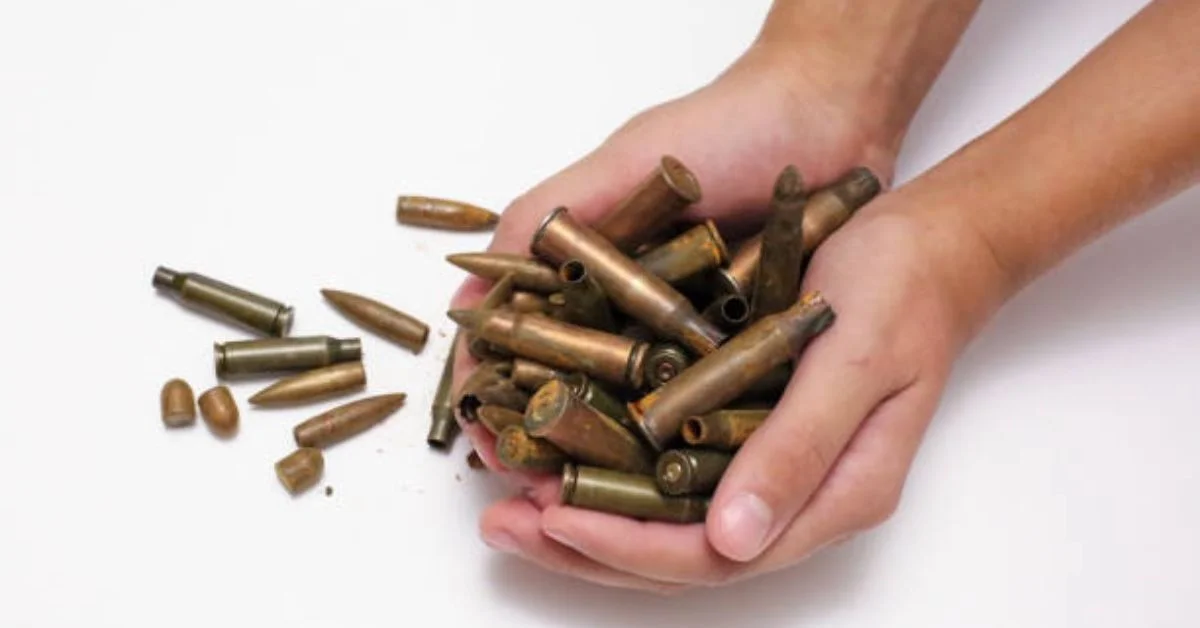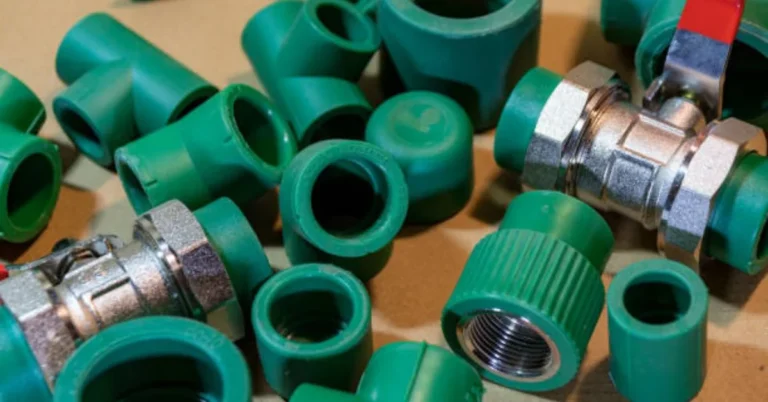
Ammunition is a vital component for military, law enforcement, and recreational shooting activities, but like any manufactured product, it eventually reaches the end of its useful life. When cartridges become damaged, misfired, outdated, or unsuitable for firing, they transition into what is commonly called scrap ammo. This category also includes the large volumes of spent casings collected from shooting ranges, hunting trips, and training facilities. Unlike ordinary waste, scrap ammunition contains valuable metals and potentially hazardous materials, which makes its disposal and recycling a matter of both environmental responsibility and public safety.
The process of recycling scrap ammo is not as straightforward as tossing soda cans into a curbside bin. Ammunition components—brass, lead, copper, steel, and chemical residues—require specialized handling, equipment, and expertise to process safely. Done properly, ammo recycling prevents harmful substances from entering the environment, conserves valuable natural resources, and can even provide economic benefits through metal recovery. Done improperly, it can pose serious risks of accidental detonation, toxic exposure, or legal violations.
In this detailed guide, we will examine every aspect of recycling scrap ammunition: from understanding what qualifies as scrap ammo, to the step-by-step recycling process, to the economic and environmental benefits, to safe handling practices, and the role of specialized facilities. By the end, you will have a complete picture of how to approach ammo recycling responsibly—whether you are an individual gun owner, a range operator, or part of an organization managing large quantities of ammunition waste.
1. Understanding What Scrap Ammo Includes
When people hear “scrap ammo,” they often picture only empty shell casings. In reality, the category covers a broader range of materials:
- Spent Shell Casings – These are the metallic tubes left after a cartridge has been fired. They are generally inert once cooled but still require safe collection and handling to remove residues.
- Misfired or Dud Rounds – Live cartridges that failed to discharge when fired. These are potentially dangerous because the primer and propellant remain active.
- Damaged Live Rounds – Cartridges that are corroded, dented, or otherwise unsafe to fire.
- Surplus or Outdated Ammo – Ammunition that is no longer needed or is past its shelf life but still contains active components.
- Bullets and Projectiles – These can be separated from casings and recovered for metal content.
Recognizing the differences between these types of scrap ammo is important because each requires specific handling and recycling procedures. A spent brass casing can go directly to metal recovery after cleaning, whereas a misfired round must first be made inert before any material can be recovered.
2. Why Recycling Scrap Ammo Matters
The reasons for recycling ammunition go beyond simply freeing up storage space:
Environmental Responsibility
Ammunition components often contain lead, copper, zinc, and steel. Left to deteriorate in the environment, these metals can leach into soil and waterways, posing risks to plants, wildlife, and humans. Lead is especially harmful, and improper disposal can cause contamination that lasts for decades.
Resource Conservation
Brass and copper are finite resources. Recycling these materials from spent casings reduces the demand for mining, which in turn minimizes habitat destruction, energy use, and carbon emissions.
Safety
Improperly discarded live rounds may end up in landfills or scrap yards where crushing or heat could cause accidental detonation. Recycling through approved channels ensures they are safely dismantled and rendered inert.
Economic Value
Recovered brass, copper, and lead have market value. For individuals, this can offset shooting costs. For ranges and agencies, it can be a significant revenue stream that supports maintenance or training budgets.
Regulatory Compliance
Many jurisdictions have strict rules for ammunition disposal. Recycling through licensed facilities ensures compliance and reduces the risk of legal penalties.
3. How Scrap Ammo Is Recycled: Step-by-Step
The recycling of ammunition is a controlled process designed to maximize safety and recover as much material as possible. While exact procedures vary depending on the type and quantity of ammo, the general process follows several stages:
Step 1: Collection and Sorting
Scrap ammo is collected from sources such as shooting ranges, police training grounds, military bases, and private individuals. It is then sorted into categories—spent casings, live rounds, and components. This step is crucial because different items follow different processing paths.
Step 2: Deactivation of Live Ammunition
Any live rounds are rendered inert. This is done by carefully disassembling the cartridge, removing the projectile, emptying the powder, and neutralizing the primer. This step is performed by trained personnel in controlled environments to prevent accidents.
Step 3: Cleaning and Residue Removal
Spent casings often have powder residue and dirt on their surfaces. Tumbling or ultrasonic cleaning is used to remove these contaminants before the metal is melted down.
Step 4: Material Separation
Metals are separated by type. Brass is the most common and valuable, but steel and aluminum cases are also recovered. Bullets often contain lead cores with copper jackets, both of which can be recycled.
Step 5: Smelting and Refining
The separated metals are melted in industrial furnaces and refined to remove impurities. The resulting raw materials can be used to manufacture new products, including new ammunition casings.
Step 6: Hazardous Waste Management
Any hazardous materials—particularly lead—are handled according to environmental safety standards. This ensures that toxic substances are contained and properly disposed of or recycled in specialized facilities.
4. Who Handles Scrap Ammo Recycling
Because of the safety and legal issues involved, ammunition recycling is not something you can simply do in your backyard. The process is typically handled by:
- Licensed Ammunition Recyclers – Facilities authorized to collect, store, and process ammunition and its components.
- Law Enforcement Agencies – Many police departments collect unwanted ammo from the public and send it to recyclers.
- Gun Ranges – Many shooting ranges have agreements with recyclers to collect and process their spent casings.
- Military and Government Contractors – Handle large-scale recycling for training and operational ammo.
For individuals, the safest approach is to bring scrap ammo to a local gun store, shooting range, or law enforcement office that participates in recycling programs.
5. Safety Considerations in Ammo Recycling
Recycling ammunition requires strict adherence to safety protocols:
- Never Attempt to Dismantle Live Rounds Without Training – Doing so can lead to accidental discharge.
- Use Proper Storage Containers – Keep scrap ammo in sturdy, labeled containers, away from heat and sparks.
- Wear Protective Equipment – Gloves and eye protection are essential when handling ammo to avoid lead exposure or injury.
- Transport Safely – Ensure containers are stable and will not tip over or spill during transport.
- Follow Local Regulations – Disposal and transport laws vary by state or country.
6. Environmental Benefits of Recycling Ammo
The environmental gains from proper ammo recycling are substantial:
- Reduced Soil Contamination – Prevents toxic metals from leaching into the ground.
- Water Quality Protection – Avoids lead and other metals entering rivers and groundwater.
- Lower Carbon Footprint – Recycling metals uses less energy than mining and processing raw ore.
- Wildlife Protection – Reduces accidental ingestion of lead fragments by birds and animals.
7. The Economics of Scrap Ammo Recycling
Beyond environmental reasons, there is a solid financial case for recycling:
- Value of Brass – Clean spent brass can fetch a good price in the metals market.
- Lead Recovery – Recovered lead can be reused in new ammunition or other industrial products.
- Operational Savings – Ranges and agencies can reinvest recycling proceeds into safety equipment or training.
8. Future Trends in Ammo Recycling
As environmental awareness grows, we can expect to see:
- More Eco-Friendly Ammo – Manufacturers are developing lead-free bullets that are easier to recycle.
- Improved Collection Systems – Ranges may adopt automated casing collection and sorting equipment.
- Stricter Regulations – Governments may require all ranges and agencies to recycle ammo waste.
Conclusion
Recycling scrap ammo is not just a technical process; it is an essential practice for public safety, environmental health, and resource conservation. By understanding what scrap ammo includes, how it is recycled, and why it matters, individuals and organizations can make informed decisions that protect people and the planet. Whether you’re a recreational shooter or a facility manager, choosing to recycle your scrap ammunition through the proper channels ensures that valuable metals are recovered, hazards are neutralized, and the shooting sports can continue sustainably.
5 Frequently Asked Questions (FAQs)
1. Can I throw old ammunition in the trash?
No. Ammunition should never go in household trash. It can be dangerous and may contaminate the environment. Use authorized recycling programs.
2. What metals are recovered from scrap ammo?
Brass, copper, lead, and sometimes steel or aluminum are recovered for reuse in manufacturing.
3. How do I find a local ammo recycling facility?
Contact your local shooting range, gun store, or law enforcement agency for recycling drop-off locations.
4. Is it legal to recycle ammo myself?
In most areas, dismantling live ammo without proper licensing is illegal and unsafe. Always use licensed recyclers.
5. Do ranges make money from recycling spent casings?
Yes, many ranges sell collected brass and other metals to recyclers, often reinvesting the funds into their facilities.
For more information, click here.





